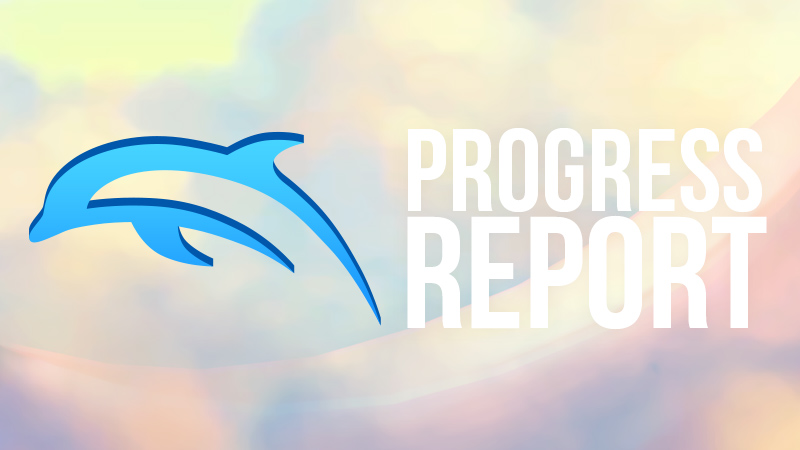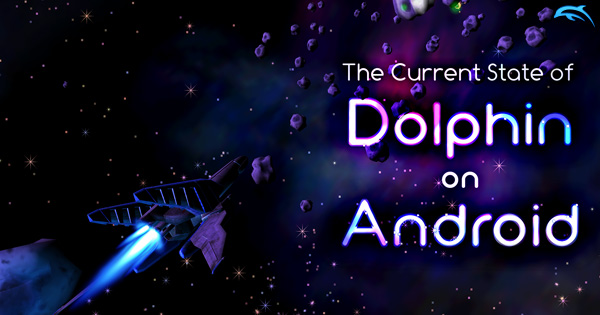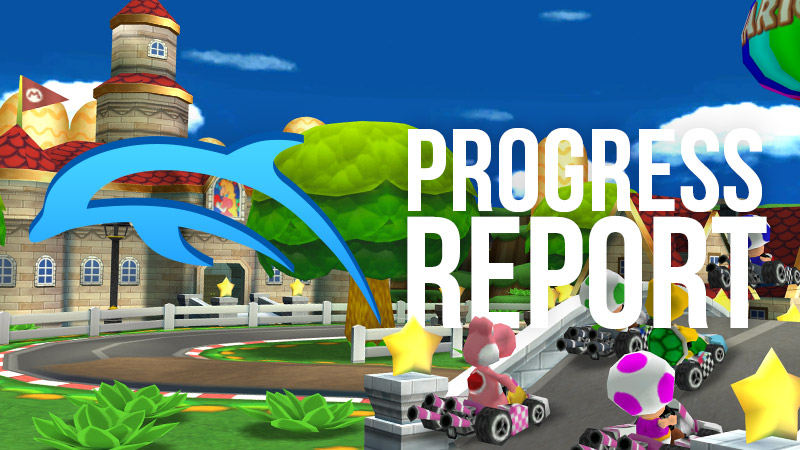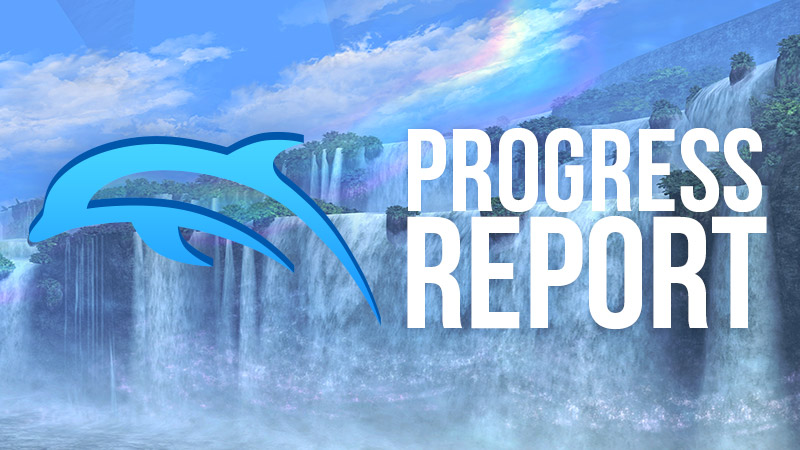Since the Dolphin 5.0 release, Dolphin has had opt-in usage statistics reporting to help us determine what hardware and builds users are using. Recently, this feature was also added to Dolphin Android, letting us see that around 10% of our users on development builds are using the Android version of Dolphin. Obviously, Dolphin on Android isn't going to be a perfect experience for quite some time, but in the meantime we will continue to add features and try to make the Android experience as clean as possible, even if the …
Продолжить чтение
Вы можете продолжить обсуждение на форуме этой статьи.
One of the most interesting challenges of developing an emulator is that both the target hardware and most of the target software start out as black boxes. As often mentioned within emulation circles, the first step to developing an emulator for a console is getting unsigned code running on real hardware. While running unsigned code on the GameCube can be a bit of a pain, requiring custom hardware or a mixture of the broadband adapter and certain games, the Wii has one of the most robust homebrew environments of any console. …
Продолжить чтение
Вы можете продолжить обсуждение на форуме этой статьи.
Dolphin on Android has had a bit of a checkered history since its inception. Users loved the idea of being able to take their favorite GameCube and Wii games on the go, but expectations and reality have never quite aligned. When Dolphin was first uploaded to the Play Store, developers tried to make it absolutely clear games wouldn't be playable, even going as far as calling it "Dolphin Emulator Alpha". Unfortunately, despite many warnings, many people got their hopes up the moment they saw Dolphin was on the appstore and …
Продолжить чтение
Вы можете продолжить обсуждение на форуме этой статьи.
On July 13th, 2008, Dolphin went open source, now just over ten years ago. While it could be easy to drift off into how much things have changed... there's one particular feature that has never quite lived up to the hype despite debuting that very same year - netplay.
As surprising as it may sound Dolphin Netplay has been around since the emulator went open source. For roughly a decade, users have tried their hand at taming the beast of synchronizing multiple instances of a GameCube and Wii despite their …
Продолжить чтение
Вы можете продолжить обсуждение на форуме этой статьи.
February came and went quietly, especially on the blog. While we do prefer to run a Progress Report every month, we were put into a bit of a bind. February saw a lot of interesting changes - but most of them were setting up for changes that weren't quite ready to be merged yet. Rather than rushing things or writing a Progress Report about things that would be coming soon, we decided to wait.
Well this Progress Report is no April Fools' joke - a lot of big changes landed! While …
Продолжить чтение
Вы можете продолжить обсуждение на форуме этой статьи.
While a lot of our focus goes into the core emulation experience, we also recognize how important it is for users to be able to use the emulator. Dolphin now has several different User Interfaces (UIs) that are used across several platforms. A UI serves many purposes at the same time: from giving users access to the most important options, to relaying information to the users as they're using the program, and sometimes even communicating to developers what the program is doing at a given time.
This month, UI takes center …
Продолжить чтение
Вы можете продолжить обсуждение на форуме этой статьи.
After the massive Hybrid XFB article that hit late November, we at the blog staff went into a bit of a hibernation. But after a short holiday break, we're back and ready for more. Before we get to the rest of November and December's changes, make sure you check out the absolutely massive Hybrid XFB article and the accompanying video.
With both Ubershaders, Hybrid XFB, and many of the other targeted features for the next release merged, a lot of users have started wondering when our next release will …
Продолжить чтение
Вы можете продолжить обсуждение на форуме этой статьи.
The October Progress Report is here! ...A little late, but, all here in one piece. While on the outside it may have looked like October was a slow month, the blog staff and devs have been busy behind the scenes. A big feature (and blog article) was being worked on right up until the end of the month... and then we realized it wasn't going to be done in time. We shifted gears a bit too late and resulted in a tardy Progress Report. Fortunately, there are still many very important …
Продолжить чтение
Вы можете продолжить обсуждение на форуме этой статьи.

















